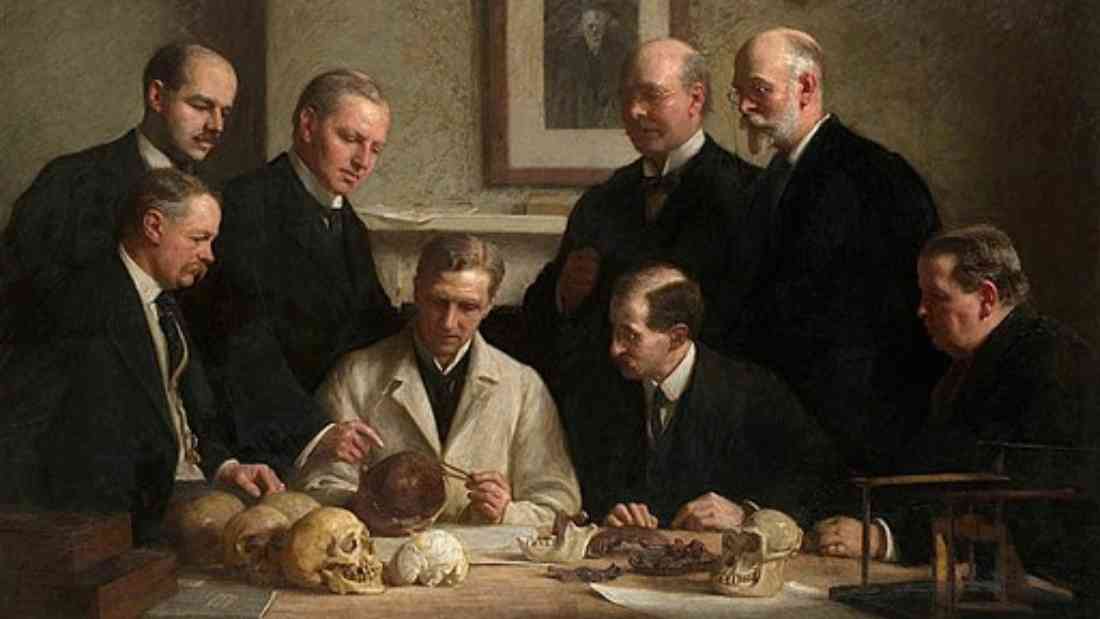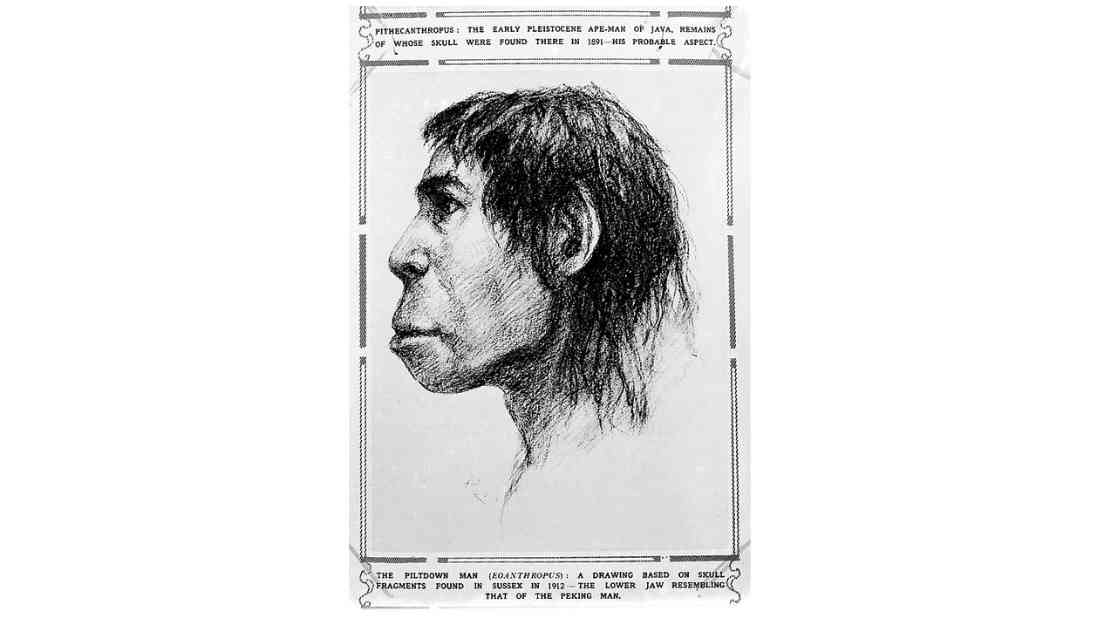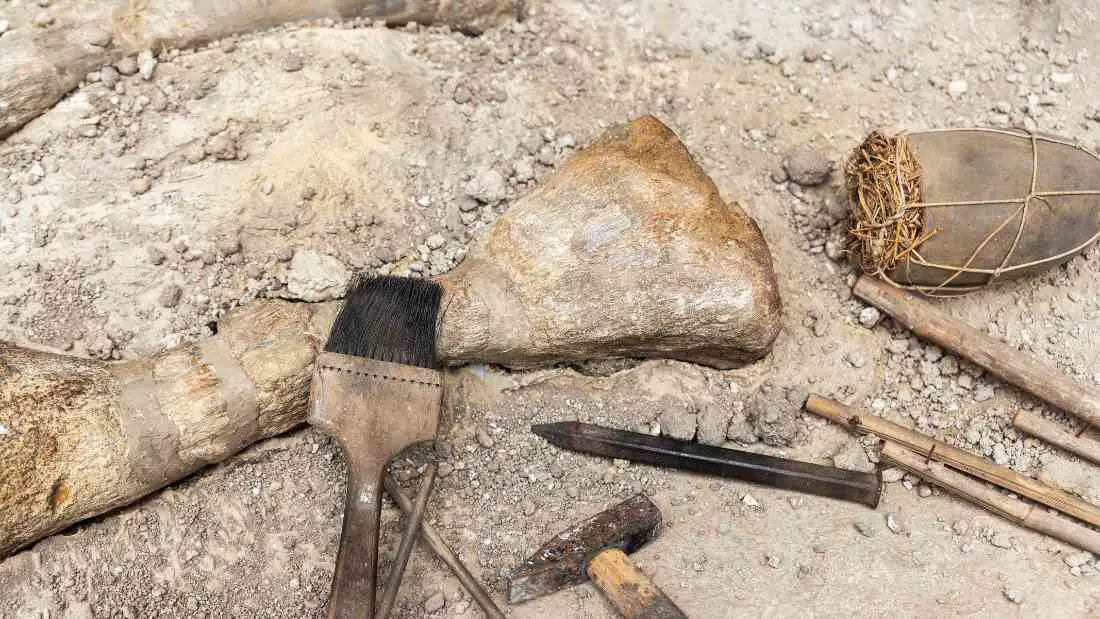Kenneth Oakley left an indelible mark on our understanding of human origins. With a career spanning several decades, Oakley’s pioneering work in the mid-20th century laid the foundation for modern paleontological methods and theories. His analytical techniques, particularly in the field of fluorine dating, revolutionized the way we determine the age of fossil remains, enabling a more accurate timeline of human evolution.
Oakley’s legacy extends beyond his scientific achievements; it encompasses his commitment to challenging existing paradigms and inspiring a generation of researchers to explore the depths of our ancestral past.
Early Life and Education
Kenneth Page Oakley was born in 1911 in Amersham, Buckinghamshire. From a young age, he showed an insatiable curiosity about the natural world, a trait that would later define his career.
He pursued his education at the University of London, where he majored in geology with a minor in anthropology, laying the foundation for his future contributions to paleoanthropology. It was during these formative years that Oakley honed his skills in research and analysis, tools that would prove invaluable in his efforts to date and authenticate archaeological findings.
His comprehensive approach to the study of ancient history bridged the gap between multiple disciplines, contributing significantly to the understanding of human evolution.
Key Discoveries and Contributions to the Field
Oakley’s key contribution to the field of paleontology came in the form of a dating technique known as fluorine analysis—a method capable of effectively dating bones and associated relics with a high degree of accuracy, which was previously unattainable.
Fluorine analysis, as developed and applied by Oakley, is a relative dating method used to establish the chronological sequence of archaeological finds. This technique is based on the principle that the fluorine content in groundwater varies from one location to another, and as bone remains absorb fluorine from surrounding soils over time, those buried for longer periods will exhibit higher fluorine levels.
By comparing the fluorine content of different fossilized bones found at the same archaeological site, researchers can determine their relative ages. This approach was a breakthrough in paleontology, providing a way to differentiate ancient finds from more recent interments or fraudulent additions, thereby allowing scientists to construct a more accurate timeline of human history and evolution.
Kenneth Oakley and the Piltdown Man Hoax
Kenneth Oakley’s most notable involvement in paleontology came with his analysis of the Piltdown Man, an archaeological find originally thought to be a critical missing link in human evolution.
Discovered in 1912 in East Sussex, the Piltdown fossils were presented as evidence of a previously unknown early human, boasting a mix of ape-like and human features. For decades, the scientific community was divided over the authenticity of Piltdown Man, with some skepticism but general acceptance of its significance.

Oakley’s application of fluorine dating to the Piltdown fossils in the early 1950s played a pivotal role in unmasking one of the most infamous scientific frauds of the 20th century. By determining the fluorine levels of the bone fragments, Oakley found that the human skull and the orangutan’s jawbone, which were supposed to be from the same specimen, exhibited vastly different fluorine content.
This stark discrepancy indicated that the bones were not contemporary and that the skull was significantly younger than the jawbone. Further analyses, supported by Oakley’s findings, ultimately exposed the Piltdown Man as a deliberate hoax, comprising modern human skull fragments artificially combined with the mandible and teeth of an orangutan, extensively altered to appear ancient.

Kenneth Oakley’s diligent research and utilization of fluorine dating not only debunked the Piltdown hoax but also restored scientific integrity to the study of human evolution. His work underscored the importance of rigorous scientific methods and skepticism in the face of extraordinary claims, paving the way for more accurate understandings of human ancestry.
Oakley’s contribution was critical in redirecting paleoanthropological research towards genuine discoveries, cementing his legacy as a guardian of scientific truth in the quest to unravel human origins.

The Legacy of Kenneth Oakley
Influence on Modern Paleontological Methods and Techniques
Kenneth Oakley’s legacy in the realm of paleontological methods extends far beyond his specific discoveries. His rigorous application of fluorine dating set new standards for scientific inquiry within the field, promoting a culture of precision and skepticism that became fundamental to paleoanthropology.
Oakley’s methodologies emphasized the importance of cross-disciplinary approaches, integrating chemistry, geology, and anthropology to solve the complex puzzle of human evolution. By establishing a more systematic and scientific basis for dating and investigating ancient remains, he not only expanded the toolkit available to paleontologists but also inspired subsequent generations to develop and refine even more sophisticated techniques for analyzing the past.
His influence is seen in the adoption of multidisciplinary teams in archaeological digs and the use of a variety of chemical and physical dating methods that have become standard practice in the field. Oakley’s commitment to methodological innovation has left a lasting impact on paleontology, ensuring that the quest to understand human origins is grounded in scientific rigor and integrity.
Books and Papers by Kenneth Oakley
Throughout his illustrious career, Kenneth Oakley made significant contributions to the academic world not only through his ground-breaking research but also via a series of influential publications. His works encompass a wide range of subjects within paleontology and human anthropology, reflecting his deep understanding of the field and his dedication to advancing knowledge on human origins.
One of Oakley’s most notable books, “Man the Tool-Maker,” published in 1949, showcases his profound insight into human evolution through the lens of tool-making practices. This seminal work explores how the development of tools is intrinsically linked to the evolutionary progress of humans, offering readers a comprehensive understanding of the significance of tools in human prehistory.
In addition to his impactful books, Oakley authored numerous scholarly papers that furthered the field’s understanding of human evolution. His research articles on fluorine dating not only established a new precedent for archaeological dating methods but also provided a robust framework for future studies in paleoanthropology.
Kenneth Oakley’s publications remain a valuable resource for researchers, scholars, and enthusiasts interested in the intersections of anthropology, archaeology, and the natural sciences. His writings encapsulate the essence of his contributions to the scientific community, immortalizing his legacy as a pioneering figure in the study of human history.
Recognition and Awards
Throughout his distinguished career, Kenneth Oakley received numerous accolades and honors in recognition of his pioneering contributions to paleoanthropology and his unmasking of the Piltdown Man hoax.
One of the most prestigious awards bestowed upon him was the Lyell Medal, awarded by the Geological Society of London. This medal is given to individuals who have made significant contributions to the earth sciences, and Oakley was recognized specifically for his methodological advancements in the dating of prehistoric archaeological sites.
Additionally, various scientific and academic institutions extended fellowships and honorary memberships to Oakley, acknowledging his profound impact on the fields of geology, anthropology, and paleontology. His work not only reshaped scientific understanding but also restored integrity to the study of human evolution.
Posthumously, Oakley’s legacy continues to be honored by paleontologists and scholars who recognize the foundational role his research plays in the ongoing exploration of human origins.
Conclusion
Kenneth Oakley’s groundbreaking work in the field of paleontology, particularly his role in debunking the Piltdown Man hoax, marks a watershed moment in the scientific quest to understand human evolution. His meticulous application of fluorine dating not only exposed one of the greatest scientific frauds but also established a precedent for the critical evaluation of archaeological finds.
Oakley’s legacy extends beyond his specific contributions to include a robust methodological framework that continues to guide paleontological research. His insistence on cross-disciplinary approaches and rigorous scientific methods has enriched the field, fostering a culture of precision and integrity. In recognizing Kenneth Oakley’s contributions, we celebrate not just the milestones he achieved but also the enduring impact of his work on the quest to piece together the intricate mosaic of human ancestry.
For Further Reading
Jane Goodall – a pioneering primatologist
Marshall Sahlins (1930 – 2021) – Race is a Social Construct
Saba Mahmood – a strong voice in the anthropology of religion and post-colonialism
Claude Lévi-Strauss’s Structuralism and its Influence on Anthropological Thought
Clifford Geertz – the man who pioneered “thick description” in anthropology
Ruth Benedict: The anthropologist who believed that cultures have personalities
Michael Taussig – Doctor and Anthropologist
Bronislaw Malinowski: The Father of Field Research
Margaret Mead: A Pioneering Anthropologist
Empowering Voices: The Best Quotes from Margaret Mead
Franz Boas: The Father of American Anthropology
Émile Durkheim: The Father of Sociology and His Contributions to Anthropology
The Towering Legacy of Marilyn Strathern in Anthropology
Gayle Rubin and Her Ground-Breaking Contributions to Anthropology and Gender Studies
Unraveling Human Origins: The Paleontological Legacy of Kenneth Oakley

